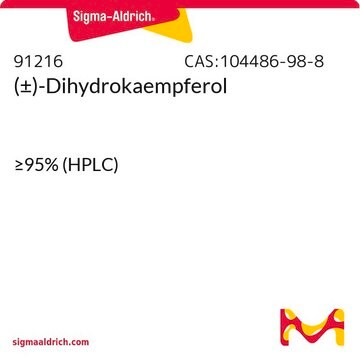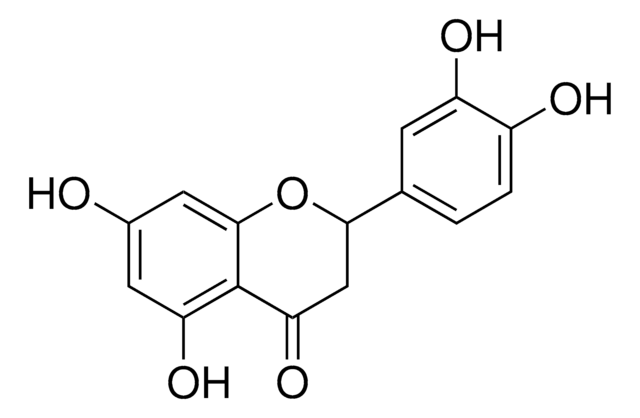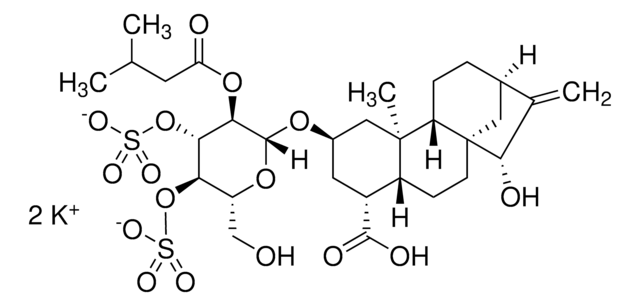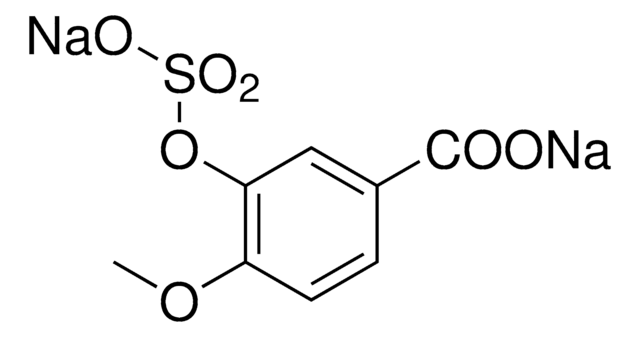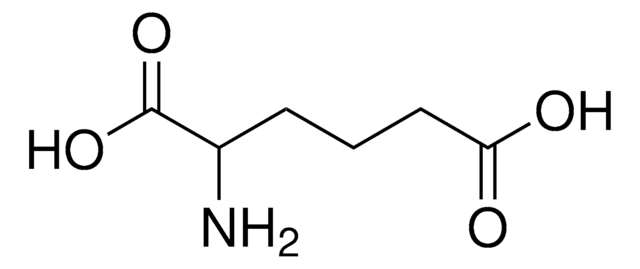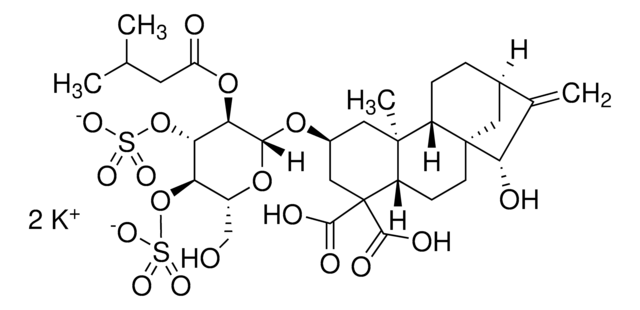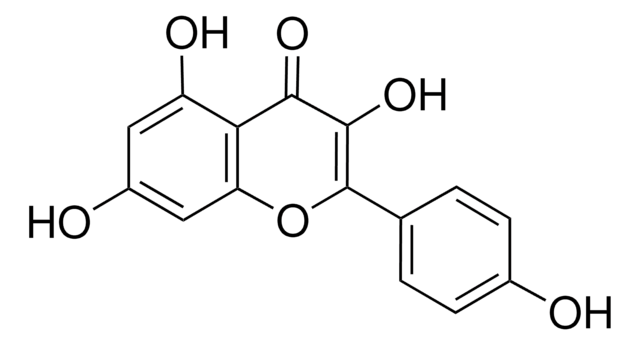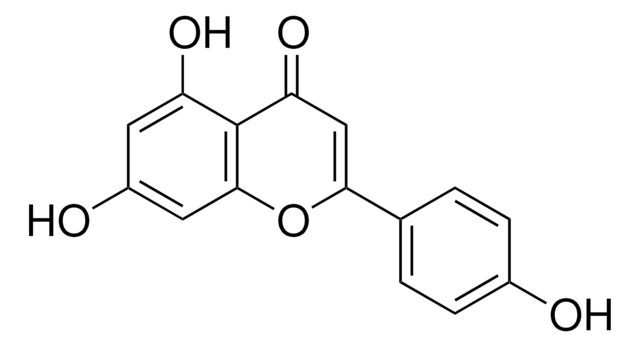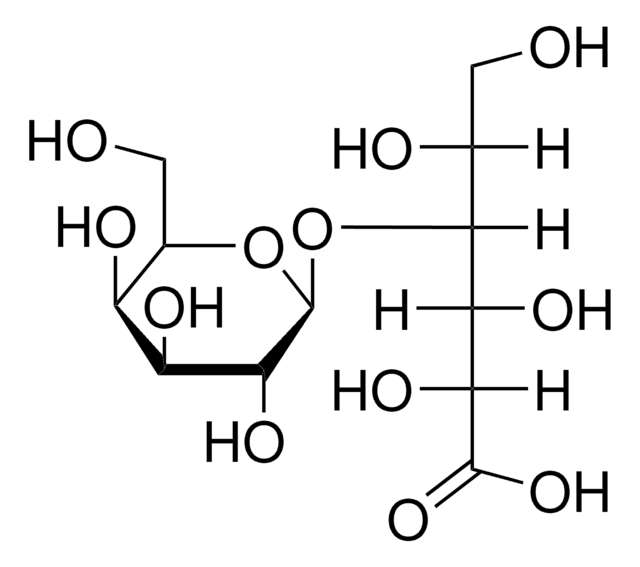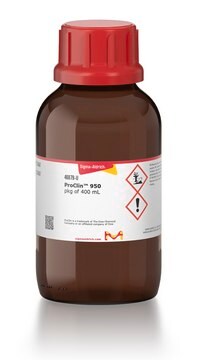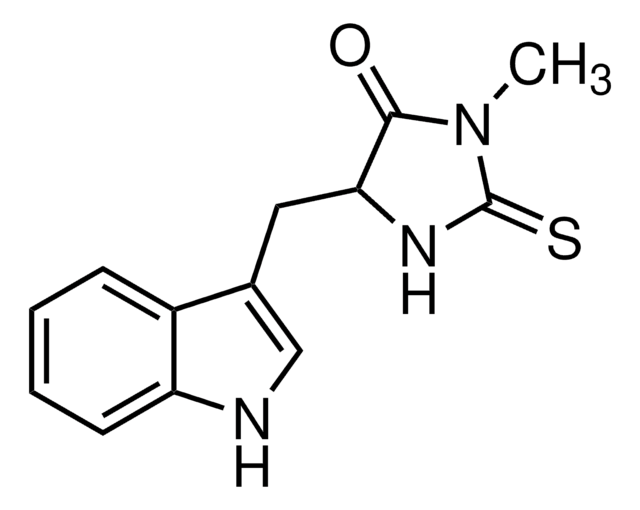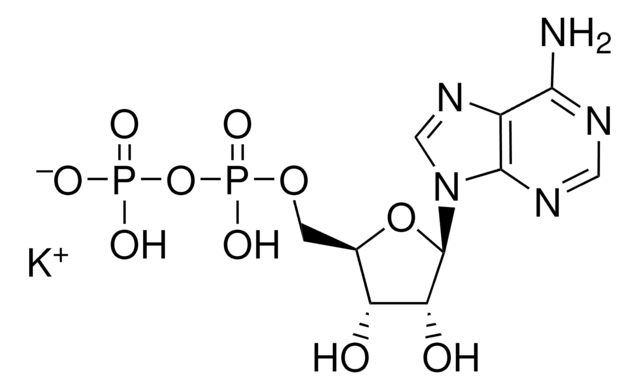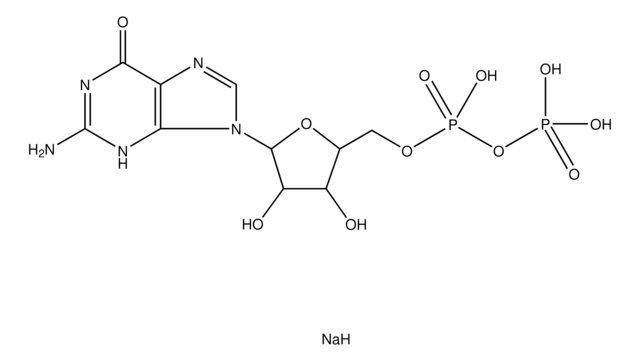B6179
Bongkrekic acid solution
from Pseudomonas cocovenenans, ≥95% (HPLC), solution, adenine nucleotide translocase inhibitor
About This Item
Recommended Products
Product Name
Bongkrekic acid solution, from Pseudomonas cocovenenans, ≥95% (HPLC), ~1 mg/mL
biological source
Pseudomonas cocovenenans
Quality Level
Assay
≥95% (HPLC)
form
solution
concentration
~1 mg/mL
shipped in
wet ice
storage temp.
−20°C
SMILES string
CO[C@H](C/C=C\C=C\CC\C=C\C[C@H](C)\C=C\C(CC(O)=O)=C/C(O)=O)\C(C)=C/C=C(\C)C(O)=O
InChI
1S/C28H38O7/c1-21(15-18-24(19-26(29)30)20-27(31)32)13-11-9-7-5-6-8-10-12-14-25(35-4)22(2)16-17-23(3)28(33)34/h6,8-12,15-19,21,25H,5,7,13-14,20H2,1-4H3,(H,29,30)(H,31,32)(H,33,34)/b8-6+,11-9+,12-10-,18-15+,22-16-,23-17+,24-19+/t21-,25+/m0/s1
InChI key
SHCXABJSXUACKU-WUTQZGRKSA-N
Application
Biochem/physiol Actions
Features and Benefits
Other Notes
Physical form
Storage Class Code
12 - Non Combustible Liquids
WGK
WGK 1
Flash Point(F)
Not applicable
Flash Point(C)
Not applicable
Personal Protective Equipment
Choose from one of the most recent versions:
Already Own This Product?
Find documentation for the products that you have recently purchased in the Document Library.
Customers Also Viewed
Articles
n proliferating cells, the cell cycle consists of four phases. Gap 1 (G1) is the interval between mitosis and DNA replication that is characterized by cell growth. Replication of DNA occurs during the synthesis (S) phase, which is followed by a second gap phase (G2) during which growth and preparation for cell division occurs. Together, these three stages comprise the interphase phase of the cell cycle. Interphase is followed by the mitotic (M) phase.
Apoptosis, or programmed cell death (PCD), is a selective process for the removal of unnecessary, infected or transformed cells in various biological systems. As it plays a role in the homeostasis of multicellular organisms, apoptosis is tightly regulated through two principal pathways by a number of regulatory and effector molecules.
Our team of scientists has experience in all areas of research including Life Science, Material Science, Chemical Synthesis, Chromatography, Analytical and many others.
Contact Technical Service